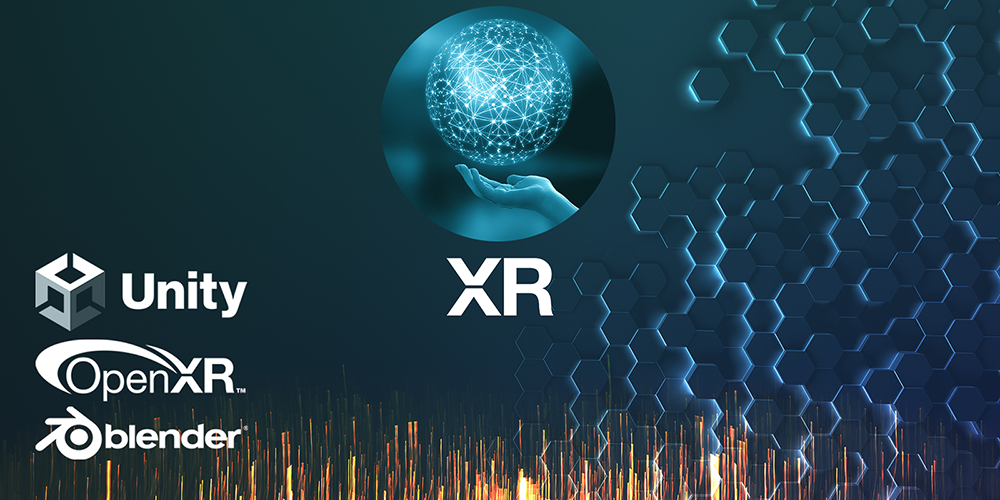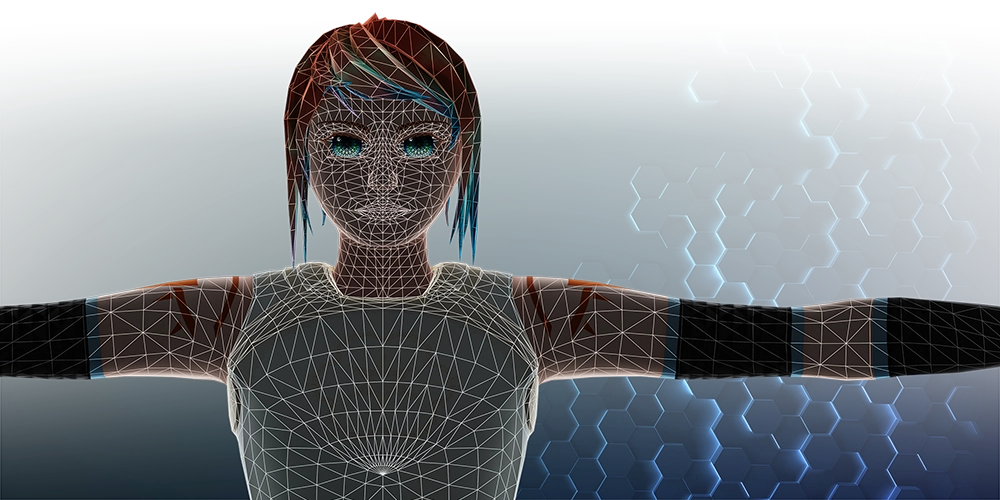
XR Development
The next frontierXR is often used to represent both VR (virtual reality) and AR (augmented reality) in one term, extended reality. The utilization of this is often referred to as XR development, or spatial computing. Real-time 3D engines are prebuilt software tools that can be used to create visual experiences that require real-time interaction from users. Examples of this are video games, cinematography, and industrial visualizations including the automotive, energy, and architectural industries. Because of this, real-time 3D engines are perfect for the quickly evolving fields of XR technology.
XR technology will profoundly change our world, likely in ways we cannot even imagine. It represents the first time that technological understanding can deliver a full-sensory, seamless, intuitive, and natural human experience outside of our biological bodies. Virtual reality will transcend geospatial limitations, allow us to interact with each other and technology is far more natural ways than with flat screens, and create new creative and industrial mediums for future utilization. Almost all digital technology, entertainment, and art, up to now, has been created around the paradigm of flat screens, every movie, every photo, every website. XR is the first major interface that doesn't require flat screens, giving users an alternative way to interact with the digital world. Like the current Internet, this new paradigm, often referred to as Internet 3.0 or the Metaverse, will fundamentally change how we interact with information, technology, and each other.
This is a new frontier. For these reasons, and the creative potential of the medium, I gladly dedicate my career and life towards this field of cutting-edge software and spatial computing technologies.
I've been pursuing these fields throughout my higher education. I wrote a research paper for an English class a few years ago about virtual reality if you'd like to learn more on the subject (granting that some of it is now out of date): VR Research Paper.
Currently, I'm continuing my studies into these fields, seeking new job opportunities within them, and experimenting with my own projects both in software and digital art.
Unity
Real-Time 3D EngineCreating software with the use of real-time 3D engines and other visual tools is the perfect profession for me. In one discipline, it integrates my artistic side of visual artistry and storytelling with my engineer side of innovation and science. I can be passionate about lighting and colors as well as algorithm performance and code conventions. I can create visualizations, create simulations, and pursue spatial computing all within one skillset.
As stated above, real-time 3D engines are perfect for XR development. Currently, the two most used engines are Unity and Unreal Engine. Both are amazing tools with their own positives and negatives over the other. Unity has seen higher adoption over Unreal in XR however due to its more common usage as a prototyping tool and its vast community of users. Throughout my university experience, backend web development was used to teach basic software development concepts. Through this, I gained a multitude of skills around .NET, C#, and interface design. This has helped immensely when learning real-time 3D tools like Unity. I used Unity as a final project in college around 4 years ago and recently earned an official certification for the usage of it. I am proud of my accomplishments so far, and I can't wait to do more.
